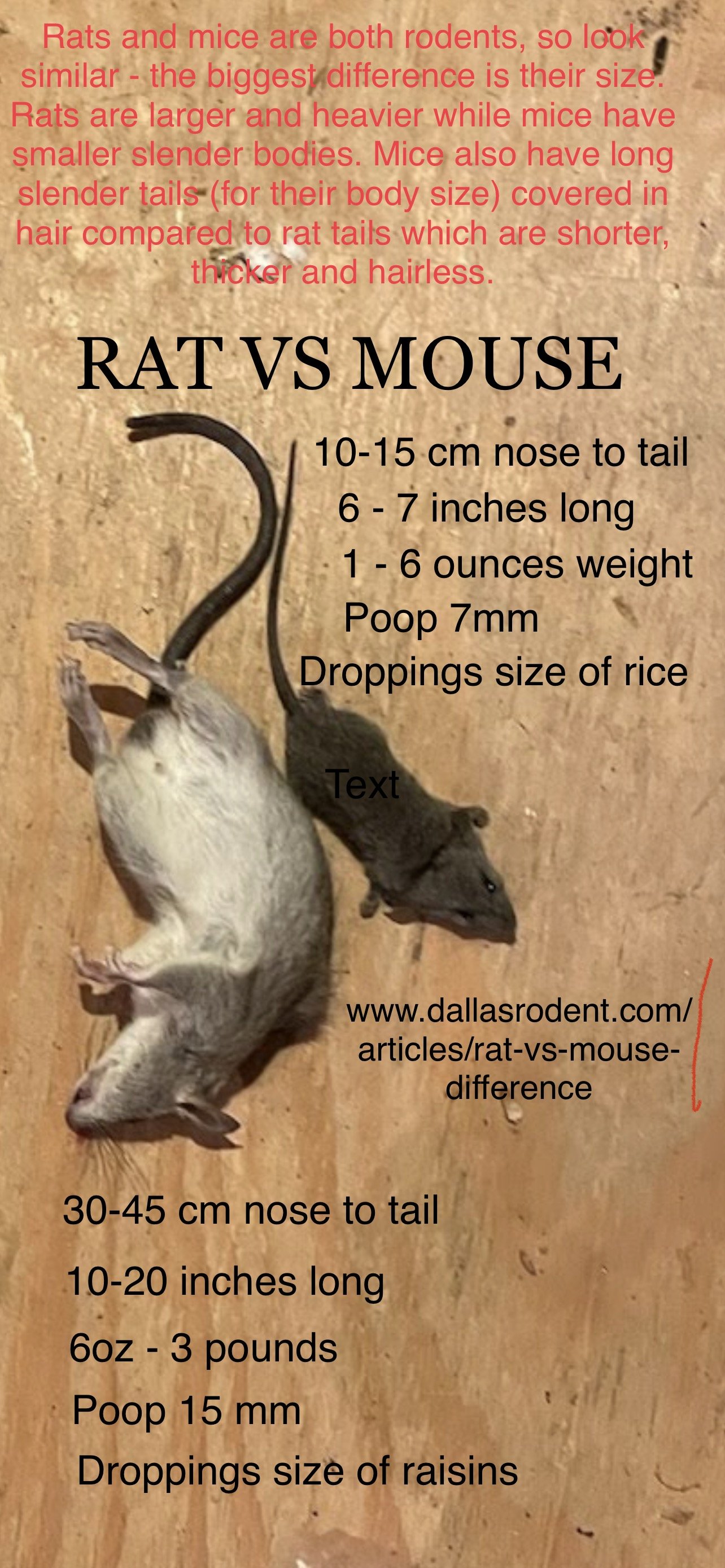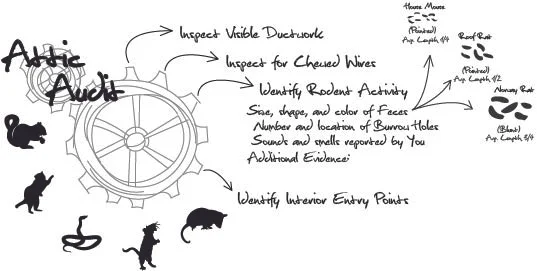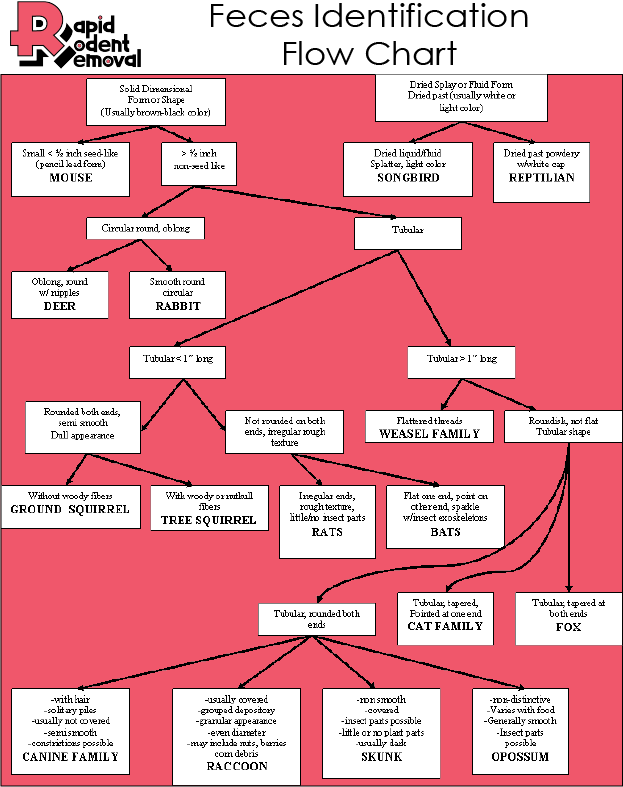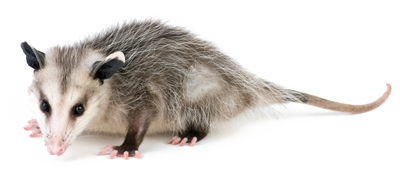Field Mouse
Getting Acquainted with the Intriguing Field Mouse: Understanding Their Behaviors and How to Prevent Unwanted Houseguests
If you're experiencing an influx of small, uninvited guests in your home, chances are you've encountered the field mouse. These seemingly harmless rodents may appear cute, but they can bring about various issues when they decide to make your residence their own. In this article, we will discuss the field mouse's characteristics, why they are drawn to your home, and effective methods to prevent them from becoming a nuisance.
Discovering the Field Mouse: Anatomy, Habitat, and Characteristics
The field mouse, scientifically known as Apodemus sylvaticus, is a small rodent found throughout Europe and Asia. Its fur is generally brownish-grey, with a white underbelly and a long, slightly bushy tail. They measure between 3.5 to 5 inches in length, with their tails adding an additional 3 to 4 inches.
Field mice typically reside in grassy fields, woodlands, and gardens. They are nocturnal creatures and prefer to venture out at night to forage for food. Their diet is primarily composed of seeds, fruits, insects, and small invertebrates. Due to their small size and agile nature, they can quickly adapt to various environments and evade predators such as owls, snakes, and foxes.
Unwanted Houseguests: Why Field Mice Seek Shelter in Your Home
Field mice may decide to move into your home for various reasons, including:
Access to Food
With their omnivorous diet, field mice can easily find food sources in your home. Crumbs, unsealed food containers, and improperly stored pet food can attract these rodents, providing them with a consistent food supply.
Shelter from Harsh Weather
Field mice are more likely to invade your home during the colder months. As temperatures drop, they seek out warm, cozy spaces to nest and reproduce, making your house an ideal refuge.
Protection from Predators
Living in your home provides field mice with a safe haven from their natural predators. The walls, crawl spaces, and attic offer perfect hiding spots for these tiny creatures to evade capture.
Keeping Field Mice at Bay: Effective Prevention Techniques
To prevent field mice from moving into your home, consider the following strategies:
Seal Entry Points
Conduct a thorough inspection of your home's exterior to identify any gaps or cracks that may allow field mice to enter. Use caulk or steel wool to seal these openings and prevent rodents from gaining access.
Maintain a Clean Environment
Ensure that your home is free from easily accessible food sources. Store food in airtight containers, clean up crumbs and spills promptly, and keep pet food stored in secure containers.
Remove Outdoor Attractions
Eliminate outdoor sources of food and shelter for field mice. Keep your yard free of debris, trim overgrown vegetation, and securely store firewood away from your home's foundation.
Utilize Humane Traps and Repellents
If you notice signs of a field mouse infestation, consider using humane traps or natural repellents such as peppermint oil or ultrasonic devices to deter these rodents from entering your home.
Field Mice: A Closer Look
Appearance and Size
Field mice are small rodents, typically measuring 3-4 inches in length, excluding their tails. They have brown or gray fur with white bellies, large ears, and long whiskers. Their tails are usually as long as their bodies, providing excellent balance and agility.
Habitat
Field mice can be found in a wide range of habitats, including grasslands, meadows, forests, and urban areas. They prefer to live in dense vegetation, which provides ample cover from predators.
Nests and Burrows
Field mice build intricate nests made of grass, leaves, and other plant material. They often construct these nests in burrows, which they dig themselves or take over from other animals.
Diet
Field mice are omnivores, consuming a diverse diet of seeds, nuts, fruits, insects, and small invertebrates. Their varied diet helps them thrive in different environments.
Reproduction and Lifespan
Field mice have a relatively short lifespan, usually ranging from 1-2 years. They breed prolifically, with females producing multiple litters of 4-7 pups each year.
The Role of Field Mice in the Ecosystem
Field mice are essential members of the ecosystem, serving as both prey and predator. They are a crucial food source for larger animals, such as birds of prey, snakes, and mammals. Additionally, they help control insect populations, preventing infestations and damage to vegetation.
Field Mice and Humans: A Complex Relationship
While field mice are vital to the ecosystem, they can also be a nuisance to humans. As opportunistic feeders, they may invade homes and gardens in search of food, causing property damage and spreading disease. However, there are humane ways to manage these unwelcome visitors without resorting to harmful chemicals or extermination methods.
Preventing Infestations
To keep field mice at bay, seal any gaps or cracks in your home's foundation, store food in airtight containers, and maintain a clean and clutter-free environment. This will make it less appealing to these tiny rodents.
Humane Trapping and Relocation
If you're dealing with an infestation, consider using live traps to catch and relocate the field mice to a more suitable habitat away from your home.
Fascinating Field Mice Facts
Field mice have incredible hearing, which helps them detect approaching predators.
These rodents can jump up to 1 foot vertically, allowing them to escape threats or access food.
Field mice are nocturnal, meaning they're most active during the nighttime hours.
They communicate through a series of high-pitched squeaks, which are sometimes inaudible to human ears.
Frequently Asked Questions
1. Are field mice dangerous? While field mice can spread diseases and damage property, they are not aggressive and will typically avoid humans.
2. What's the difference between field mice and house mice? Field mice have larger ears, longer tails, and a more slender body compared to house mice
All About Animals …
Suspendisse nec congue purus. Aenean eu justo sed elit dignissim aliquam. Suspendisse nec congue purus. Class aptent taciti sociosqu ad litora torquent per conubia nostra, per inceptos himenaeos.
RATS
SQUIRRELS
RACCOONS
OPOSSUMS
SNAKES
BATS
WILDLIFE REMOVAL
articles:
What does a rat nest look like ?
What is a Squirrel King










